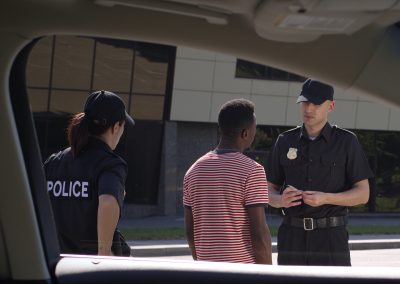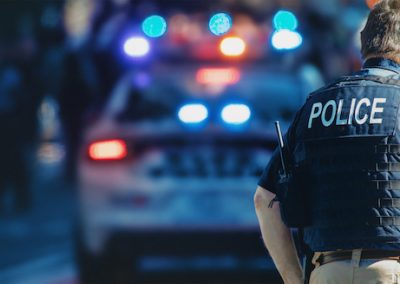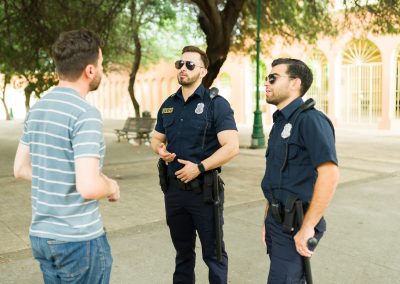Each year the FBI produces the Law Enforcement Officers Killed and Assaulted (LEOKA) report. It’s a valuable resource—particularly for trainers—because it provides a fairly detailed statistical overview. The preliminary report for 2014 was released just in time for Police Week.
According to the FBI, 51 law enforcement officers were feloniously killed in 2014, a significant jump from the 27 who were feloniously killed in 2013. However, the increase is not as extreme when viewed longer term. It’s important to note that, for the period of 1980 through 2014, the lowest number posted was for 2013. So 2014 is being compared to a 35-year low.
The average level of annual loss for 1980 – 2014 is 64. In other words, 2014, although notably higher than 2013, is actually well below the 35-year average. Many pundits make the mistake of simply comparing year to year. It’s important, especially for trainers, to look beyond short-term rather than reacting to hyperbolic headlines.
Felonious Assaults: How They Died
Here’s the breakdown for 2014.
- 1l were responding to disturbance calls;
- 10 were engaged in contacts relating to traffic stops or enforcement;
- 8 were ambushed (6 were in entrapment or premeditated situations and 2 were unprovoked attacks);
- 5 were engaged in investigative activities;
- 4 were in tactical situations;
- 3 were handling mentally ill subjects;
- 3 were attempting arrests for other crimes; and
- 1 was during a drug-related contact.
The 51 victim officers died in 48 separate incidents. All have been cleared by arrest or exceptional means.
The Weapons Used
Of the 51 felonious deaths, 46 were killed by firearms—32 with handguns, 11 with rifles and three with shotguns. Vehicles were used as a weapon four times and one officer was killed by a subject in a physical confrontation. Five of the fallen officers were able to fire their weapon during their deadly encounters and another six officers attempted to fire their weapon. The offender stole the fallen officer’s weapon in seven incidents and one officer was killed with his own weapon.
Of the 46 officers killed by firearms, only 35 were known to be wearing body armor. The specifics of whether armor would have made a difference for those not wearing it were not made available in this preliminary report. Regardless, we know that body armor works—when it’s worn.
Accidental Deaths
Accidents claimed the lives of 44 officers during 2014 according to the FBI. That’s five fewer than 2013. Twenty-eight officers died in automobile crashes, six in motorcycle crashes, and five were struck by vehicles. Accidental shootings claimed two officers, one officer drowned, one died from blunt force trauma and one perished as a result of smoke inhalation.
Of the 28 officers who died in automobile crashes, only 15 were known to be wearing seatbelts. Failing to use this most basic piece of safety equipment continues to claim far too many lives.
This is an area where every officer can make a difference by doing two things: 1) wear your belt; 2) have a courageous conversation with those who don’t. The most powerful way to convey the importance of seatbelt use is by pointing out that the officer is risking far more than self. He or she is actually putting their family in the crosshairs. Bring it home for them.
In Sum
Every police trainer should closely review the FBI LEOKA reports because they provide the most comprehensive analysis of how officers lose their lives. The preliminary reports are informative but the full reports (usually released in October of the following year) are much more detailed.
It is absolutely imperative that we continue to objectively look at our losses and learn from them. Don’t let the mainstream media glean lessons for you: Read it and process it for yourself. Make it personal. It’s never easy but we owe it to those we’ve lost. As emphasized in the Below 100 program, we honor our fallen by training the living.
Note: Readers may notice that numbers cited by LEOKA differ from other commonly referenced sources, e.g. Officer Down Memorial Page and the National Law Enforcement Officers’ Memorial Fund. This is due to variations in reporting criteria.










0 Comments